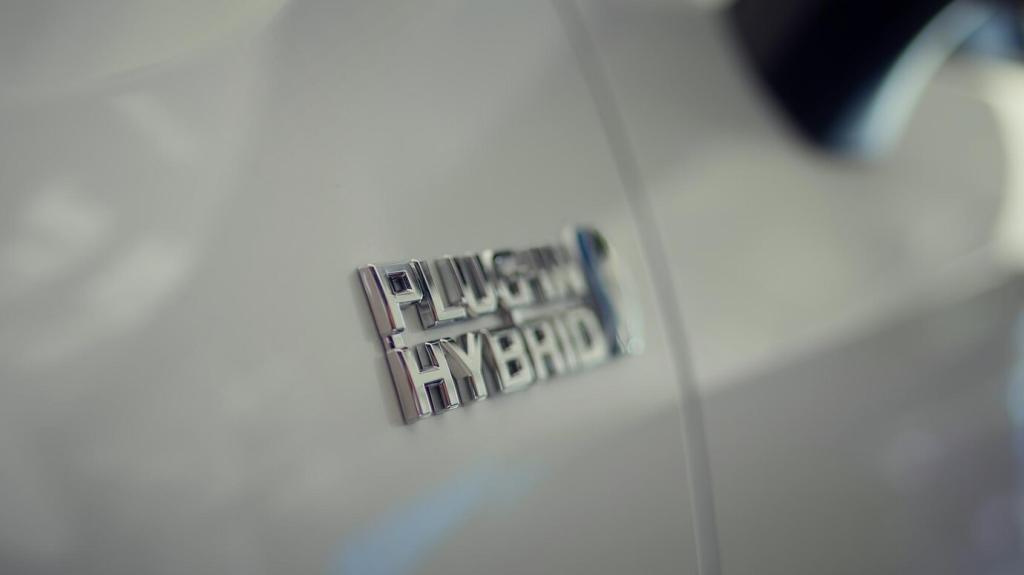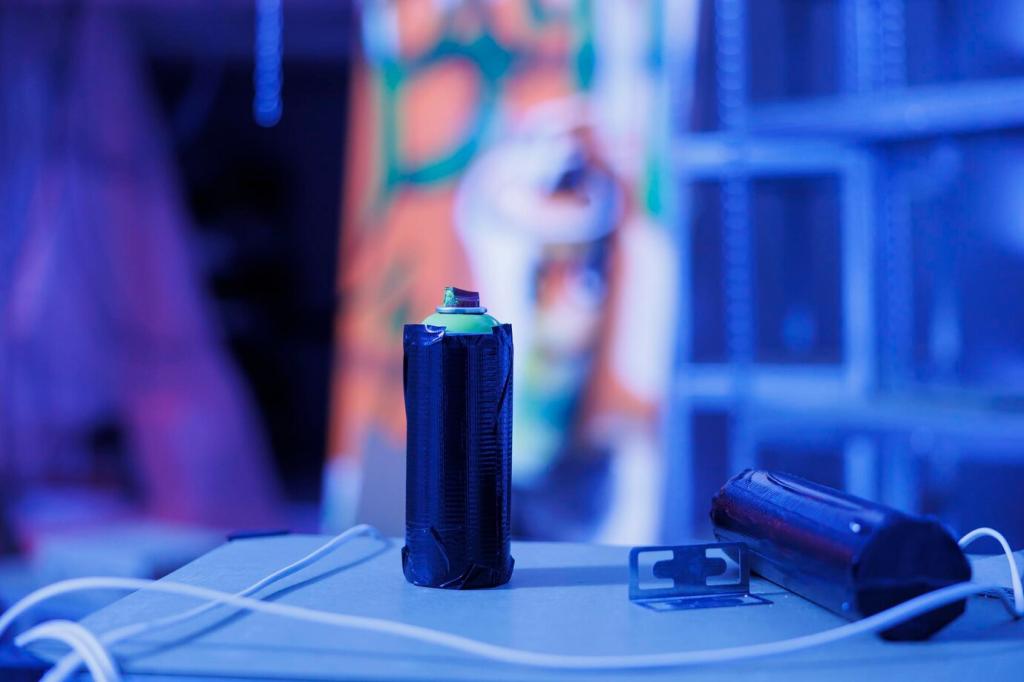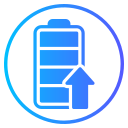Safety Enhancements in EV Battery Design: Trust, Resilience, and Peace of Mind
Chosen theme: Safety Enhancements in EV Battery Design. Explore how modern EV batteries are engineered to prevent, detect, and contain hazards using smarter electronics, stronger structures, and safer chemistries. Join our community, subscribe for updates, and share your questions to shape future posts.

Modern packs monitor temperature, voltage, pressure, and even subtle impedance drift to spot trouble before it blooms. Some systems sniff vented gases, while fiber-optic sensors map hot spots. That early whisper lets controls de-rate power, alert drivers, and coordinate safe pullovers.
From Thermal Runaway to Thermal Resilience
Physical barriers like ceramic-coated separators, mica sheets, and aerogel liners hinder heat spread between cells. Cooling plates double as firebreaks, and pack layouts add expansion gaps. Together, these layers convert potential chain reactions into localized, manageable events rather than cascading failures.
From Thermal Runaway to Thermal Resilience


Battery Management Systems that Think Ahead
State estimators compare expected cell behavior to reality, catching overcharge, internal shorts, or imbalance faster than thresholds alone. When deviations appear, the BMS reduces current, rebalances, or opens contactors. Predictive logic turns seconds of warning into safe outcomes on real roads.
Battery Management Systems that Think Ahead
Dual microcontrollers, independent sensors, and watchdogs ensure that no single fault compromises protection. Designs targeting ISO 26262 ASIL levels prioritize safe states by default. If anything behaves oddly, power stages de-energize gracefully, preserving the pack and protecting occupants without guesswork.



Cool Under Pressure: Thermal Management
Cold plates, microchannel manifolds, and carefully routed glycol loops even out temperatures across every cell. By narrowing peak-to-average gradients, the system reduces stress and avoids the hidden imbalances that can slide toward unsafe behavior during fast charging or steep climbs.

Materials and Chemistries with Safety in Mind
LFP or high-nickel NMC: safety trade-offs explained
Lithium iron phosphate resists oxygen release and tolerates abuse, favoring safety and longevity. High-nickel NMC offers higher energy but demands stricter controls. Designers balance range, performance, and safeguards, increasingly mixing pack architectures to deliver both peace of mind and practicality.
Separators and electrolytes that resist flames
Ceramic-coated separators maintain mechanical strength at elevated temperatures, while flame-retardant electrolyte additives slow ignition. Novel salts and solvents reduce gas generation under stress. Together, these quiet, invisible choices decisively shift outcomes when cells face the unexpected bumps of real-world life.
Solid-state horizons with cautious optimism
Nonflammable solid electrolytes promise intrinsic safety by removing volatile liquids. Yet interface resistance, pressure management, and manufacturability remain challenges. Progress is steady, and hybrid approaches are emerging. Curious about timelines and milestones? Leave a comment, and we will map the road pragmatically.
Standards, Testing, and Real-World Validation
UN 38.3 governs transport safety for cells and modules, while UL 2580 and UNECE R100 address vehicle-level battery integrity. ISO 6469 and ISO 26262 frame electrical and functional safety. These standards align engineers on what “safe enough” means, with measurable targets.


Standards, Testing, and Real-World Validation
Designs face overcharge, crush, nail penetration, short-circuit, vibration, thermal shock, and water immersion tests. Pack-level propagation trials confirm barriers work when one cell fails. Passing is not luck; it reflects disciplined engineering practices and thousands of iterations you never see but always benefit from.
